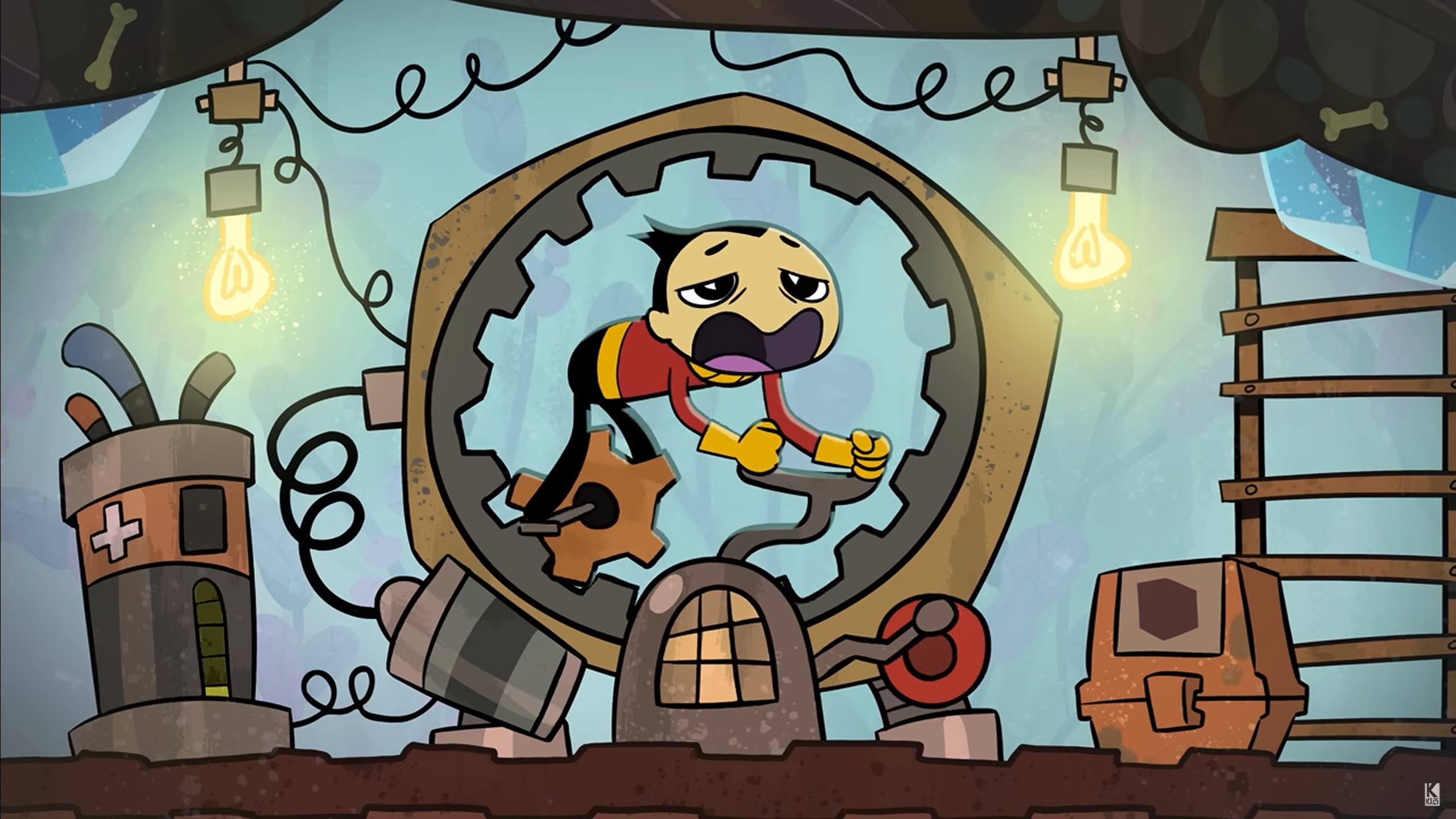
Homeworld: Vast Reaches Has the Homeworld Vibe Down Pat
When Homeworld 3 was first announced, I kept hoping for a VR mode announcement that never came. Wouldn’t it be great to see all of the iconic ships flying around, dogfighting and exploding all around your head? It’s a no-brainer! It turns out that the lack of VR support wasn’t because Homeworld 3’s developers at Blackbird didn’t see the potential; it was because there was another studio, FarBridge, working on a parallel Homeworld game that’s built for VR – specifically the Meta Quest 2 and 3 – from the ground up. It’s called Homeworld: Vast Reaches (see what they did there?) and, as coincidence would have it, after Homeworld 3’s delay to this coming May, both will launch very close together.
When I first put on the headset, the look and feel was immediately very, very Homeworld. It’s not quite up to the fidelity of Homeworld 3, naturally, but it’s a good representation of how these memorable ships were originally designed, and it’s a trip to have the old-school animatic cutscenes fill my entire field of view. The cherry on top, of course, is new music by Paul Ruskay, the composer of Homeworld 1, 2, Deserts of Kharak, and the upcoming Homeworld 3. So it’s certainly got authenticity on its side.
The 11-mission, single-player-only story campaign of Homeworld VR is set between the events of Homeworld and Homeworld 2 (as opposed to the further-future Homeworld 3) as Karen Sjet comes out of retirement to coach a new person learning to pilot the Mothership (you) and mop up the remnants of the Taiidan Empire. A new race shows up and, while initially promising to help the Hiigarans with new advanced tech, quickly turns on you. This sudden but inevitable betrayal comes in the middle of a training exercise where their ships were already conveniently labeled in red.
The controls certainly take a little getting used to (though I’m told they’re still being tuned) but things have been simplified a bit so it’s not hard to get up to speed if you’ve played a Homeworld game before. It’s certainly easier to judge distance and depth in VR, which is important in a game where ships can freely move up and down (to a point) in space, so there’s no need to manipulate the camera as much as in 2D to determine something’s location. The pointer-based controls are a little finicky when you’re trying to aim a resource harvester at a distant asteroid cluster when there’s anything else around it, unless you have a surgeon’s steady hand, but of course the obvious solution there is to pause the action with a tap of the Quest’s Y button, fly over to the asteroid, and issue commands up close before resuming time.
Combat uses the same rock-paper-scissors balance we’re used to.
The radar and control group menus pop up on either side of your left wrist when you raise your arm and flip your hand to swap between them, which I quickly got the hang of for selecting and jumping to my ships (but I never did learn to stop trying to click on the Mothership to bring up a menu). The trickiest part to learn was the camera controls, which allow you to float or teleport through space once you figure out that moving up and down is controlled by which way you’re tilting the right controller as you move.
My early-game fleet was composed of the same Hiigaran scouts, fighters, bombers, corvettes, and resource harvesters that we played with in the original Homeworld. However, even more so than Homeworld 2 and 3, the way you interact with ships is control group-based, to the point where you can’t individually order a ship or even a squadron around – you have to build ships into one of the groups (during these early levels you’re limited to three, but that will expand as your tech upgrades) and give orders that apply to all the ships within it. There aren’t any pre-set formations, but you can literally pick up ships and place them in the formation you want within the group, or move them to a different group. There also aren’t any passive, neutral, or aggressive stances to tell the AI how you want the ships to behave in combat, but you can activate a boost to their firepower for a short time.
It may be simplified, but combat uses the same rock-paper-scissors style balancing we’re used to, where fighters kill bombers, bombers kill bigger ships, and bigger ships kill fighters. These early missions were mostly about defending the Mothership from waves of attackers while harvesting all of the available resources nearby before jumping away, which is very familiar for this series. Since this is the original Mothership it’s unarmed and stationary, but I noticed that here you don’t really interact with it much. Because ships are built directly into the control groups they don’t fly out of the hangar, and repairs are done with a support ship rather than by docking. But as ever, it’s there to serve as your avatar on the map, and it must be protected at all costs.
Homeworld VR’s weirdest trick, though, is the option on the Quest 3 to play in augmented reality mode. When you flip on this option in the menu, the backdrop of space is replaced by the real world around you, and your ships are just flying around the room. It’s bizarre, especially if there are other people nearby, and it can be a little difficult to spot ships in a cluttered area, but I was surprised at how quickly I got used to it and was back to playing as normal. I could see myself playing this way if my kids or cats were in the room and I wanted to be able to keep an eye on them without leaving my game, but all things considered I expect I’ll prefer to experience the full immersion in the Homeworld universe when Homeworld VR launches on Quest “soon.”





